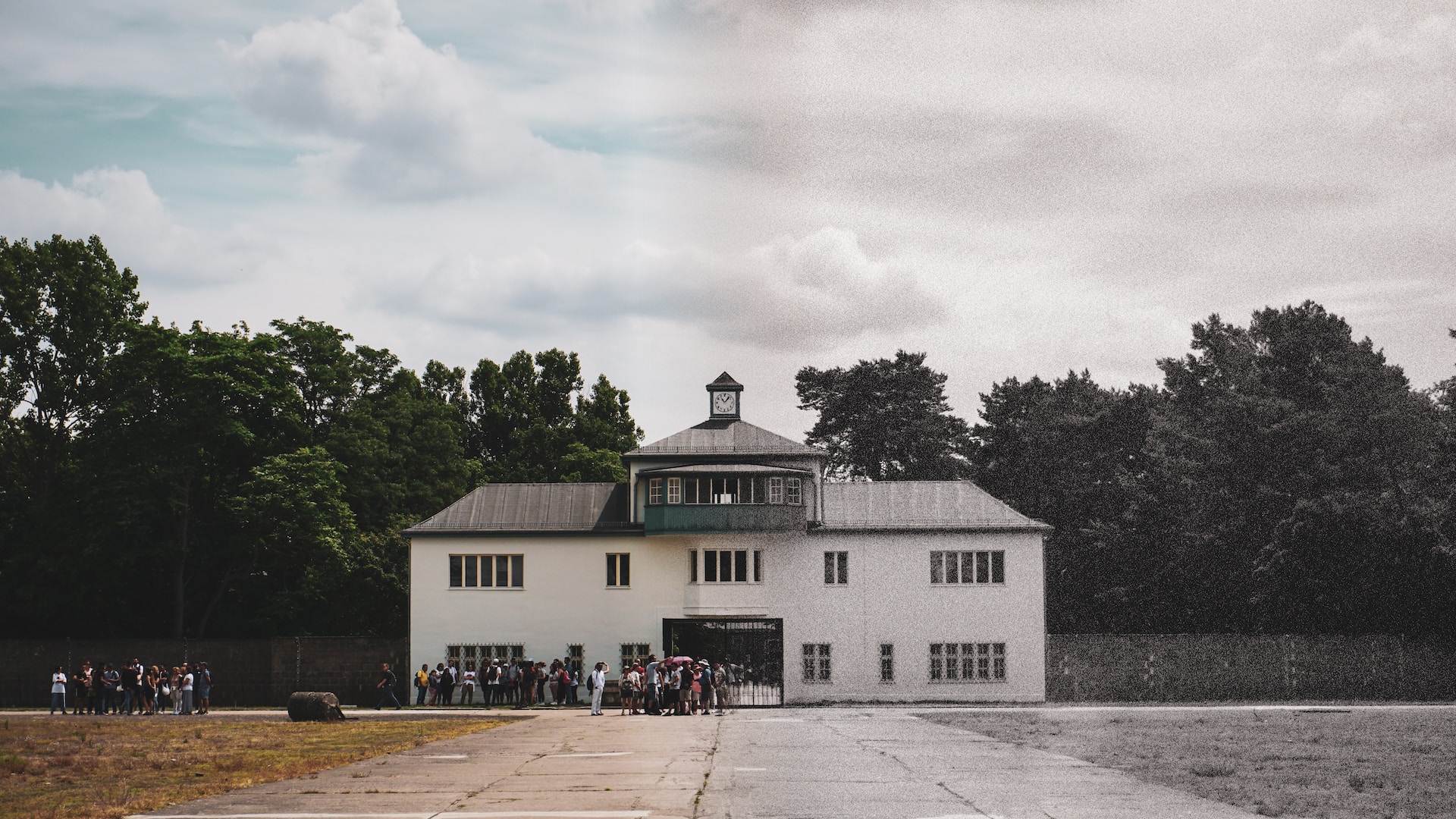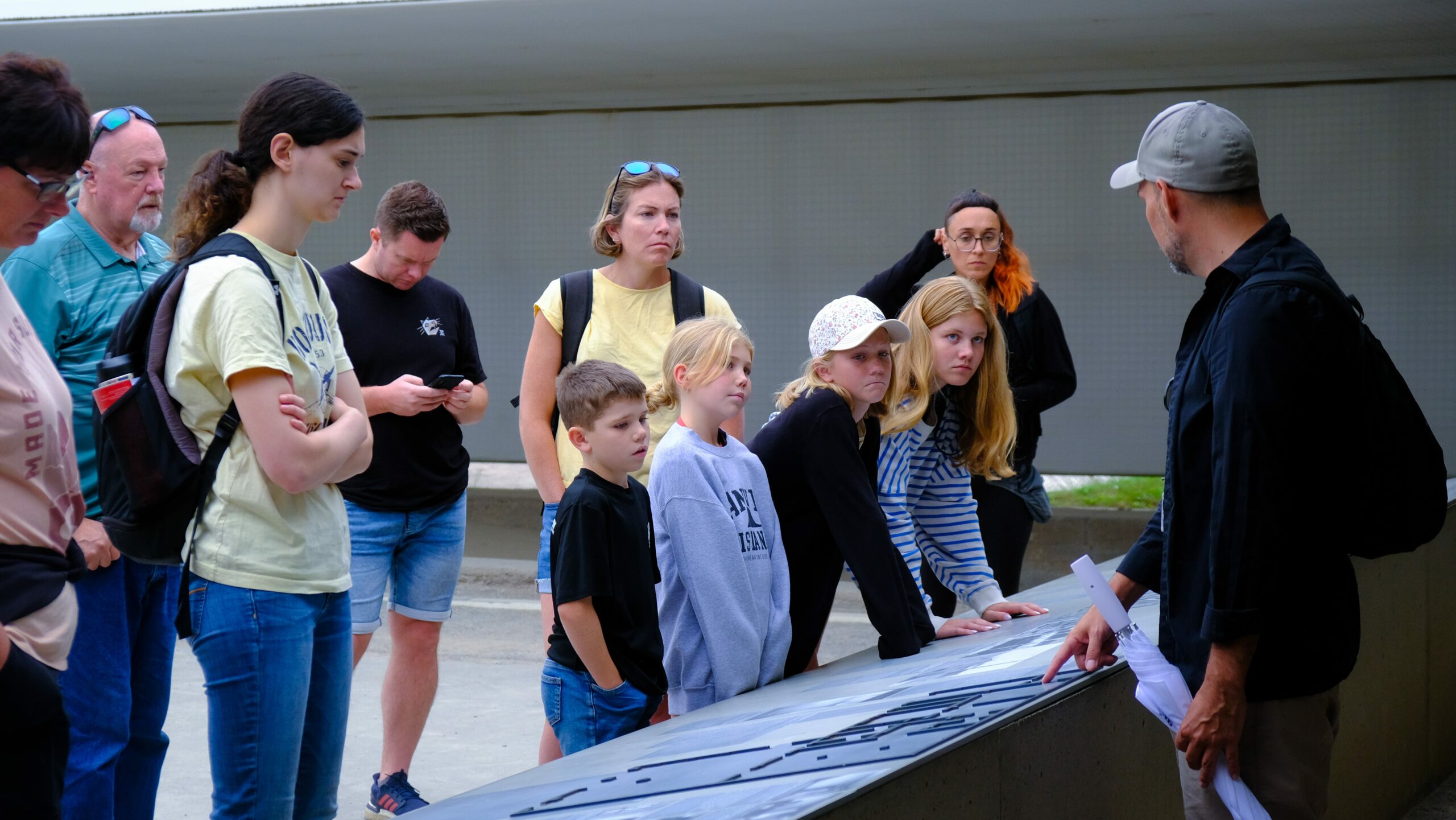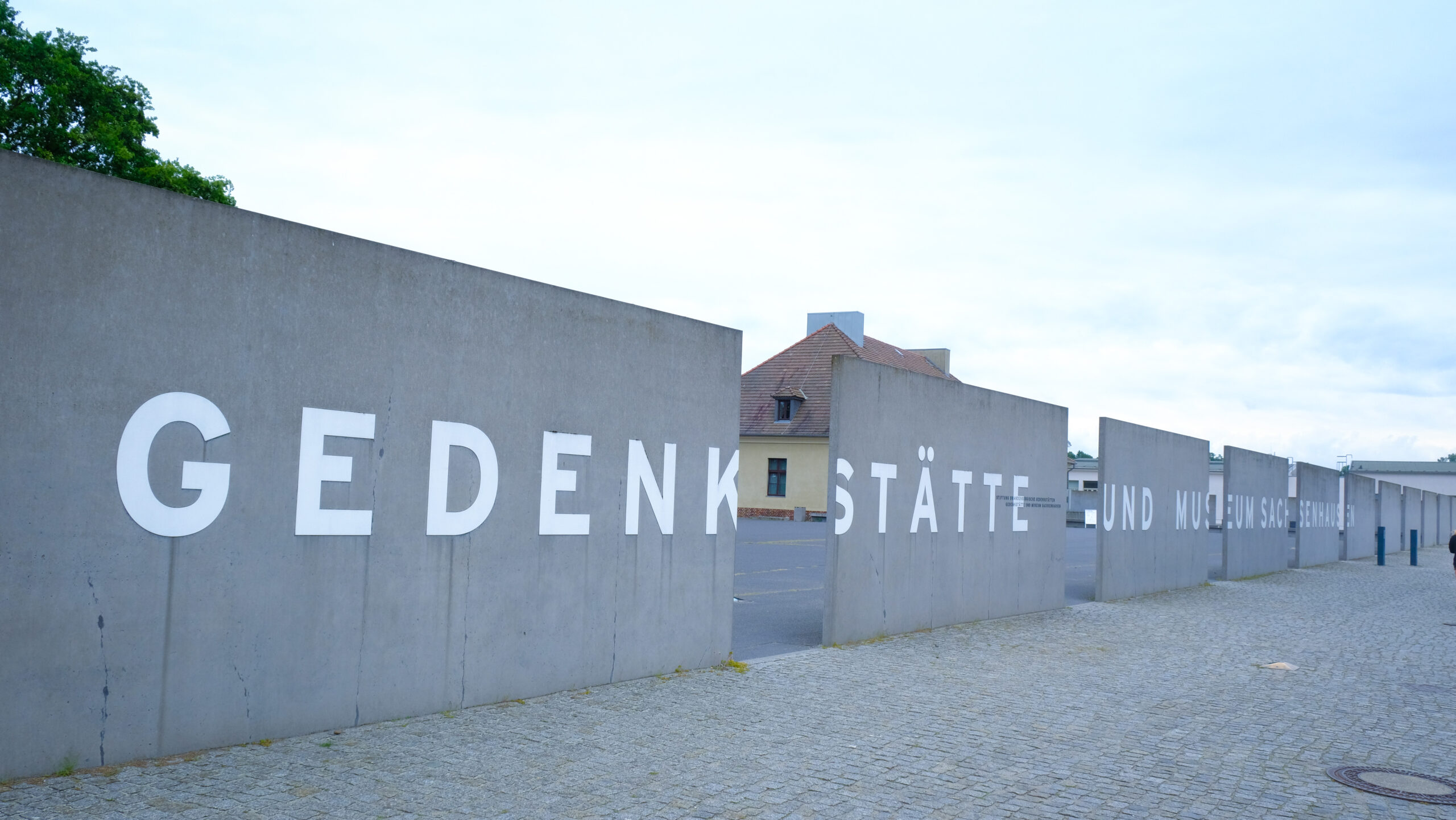Do you want to have more knowledge about the Second World War and the event called the Holocaust? If so you are in the right place to pay respect to the victims or get an idea of how some of the heinous acts happened during the period. Look no further! There are many great centers dedicated to the font during the Second World War, but the best and one of the most important is the Memorial and Museum Sachsenhausen in Oranienburg, Germany.
The Historical Significance
The Sachsenhausen Memorial and Museum where located on the Straße der Nationen in Oranienburg is one of the earliest examples of a Nazi concentration camp. It originally was constructed in 1936 to accommodate political prisoners and was then extended to the Jews, intelligentsia, homosexuals, Romani people, etc.
The camp was also training ground for other Nazi concentration camps and was an integral part of the holocaust. Around 200,000 inmates were confined in Sachsenhausen and maybe 30,000 to 35,000 died of malnutrition, illness,beatings, experiments and or shooting.
The Museum Experience
During a visit to the Memorial and Museum Sachsenhausen you would have a chance to tour sections of the former concentration camp. The indoor exhibit in the form of a museum expounds on the history of the camp as well as showing aspects of routine lives of the prisoners and they way they suffer.
The display includes photographs of the camp, actual items used during the war such as glasses, spoons and dishes, pictures and actual life stories of survivors and a mock up of the camp complete with sound effects. It is a touching historical lesson, which is highly informative about the Nazi regime nad its crimes.
Key Highlights
- Appellplatz: The identification square where the prisoners were counted several times a day.
- Crematorium: Yet again a stark message that this site of the camp was designed for extermination.
- Tower A: The watchtower they had around the enclosure where the guards could have a good look at every bulk of the camp.
- Station Z: An especially grim area of the camp where people were shot dead.
Remembering the Victims
Going to the Memorial and Museum Sachsenhausen is not only; an educational experience, but also an act of respect for the victims of the holocaust. The site stays as a memorial to the people’s grievance on the pains they underwent and many that lost their dear ones.
This is the best opportunity to pay tribute for the lost lives; the memorial site has various memorials to visit. There are; the International Memorial built by people who survived and the Soviet Special Camp Memorial which represents the post war political repression.
Practical Information
The Memorial and Museum Sachsenhausen welcomes visitors every day of the year except for Christmas, December 24, New Year, December 31 and national holidays. It is easily accessible as there are trains that ply between Oranienburg from the main railway station in Berlin on the other. When one gets to Oranienburg, it is not very far from the station to the memorial.
Visiting the museum is free of charge, however, there is a small charge for the headsets with the recorded history descriptions. Self-guided and guided tours are also possible; in the latter visitors receive more detailed information about the camp. They suggest devoting at least half a day for the visit to make sure all the attractions of the museum and its territories will be studied.
PLEASE remember that the site is actually rather sad due to the nature of the tragedy that occurred there. A visit should be done with a lot of caution especially of the victims and the survivors.
Conclusion
The visitors interested in understanding and remembering the Holocaust get a deep and informative visit at the Memorial and Museum Sachsenhausen. It is a unique chance to learn from history and to make sure people of the world will never ever have to go through such a hardship again.
Make sure to schedule a visit to this important historical site and begin a process of remembering that will transform you and help you understand the Holocaust and the strength and determination of the human spirit.




